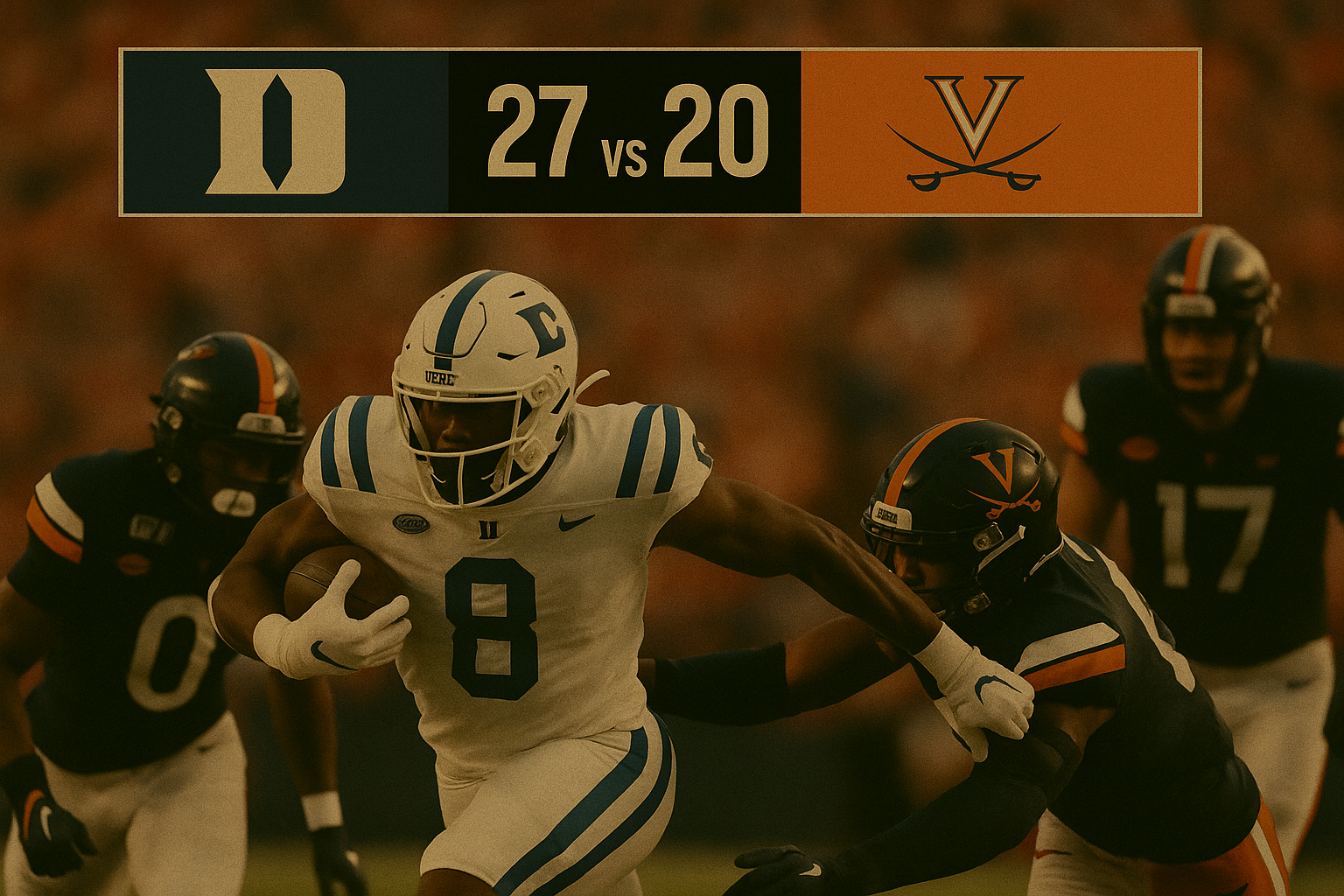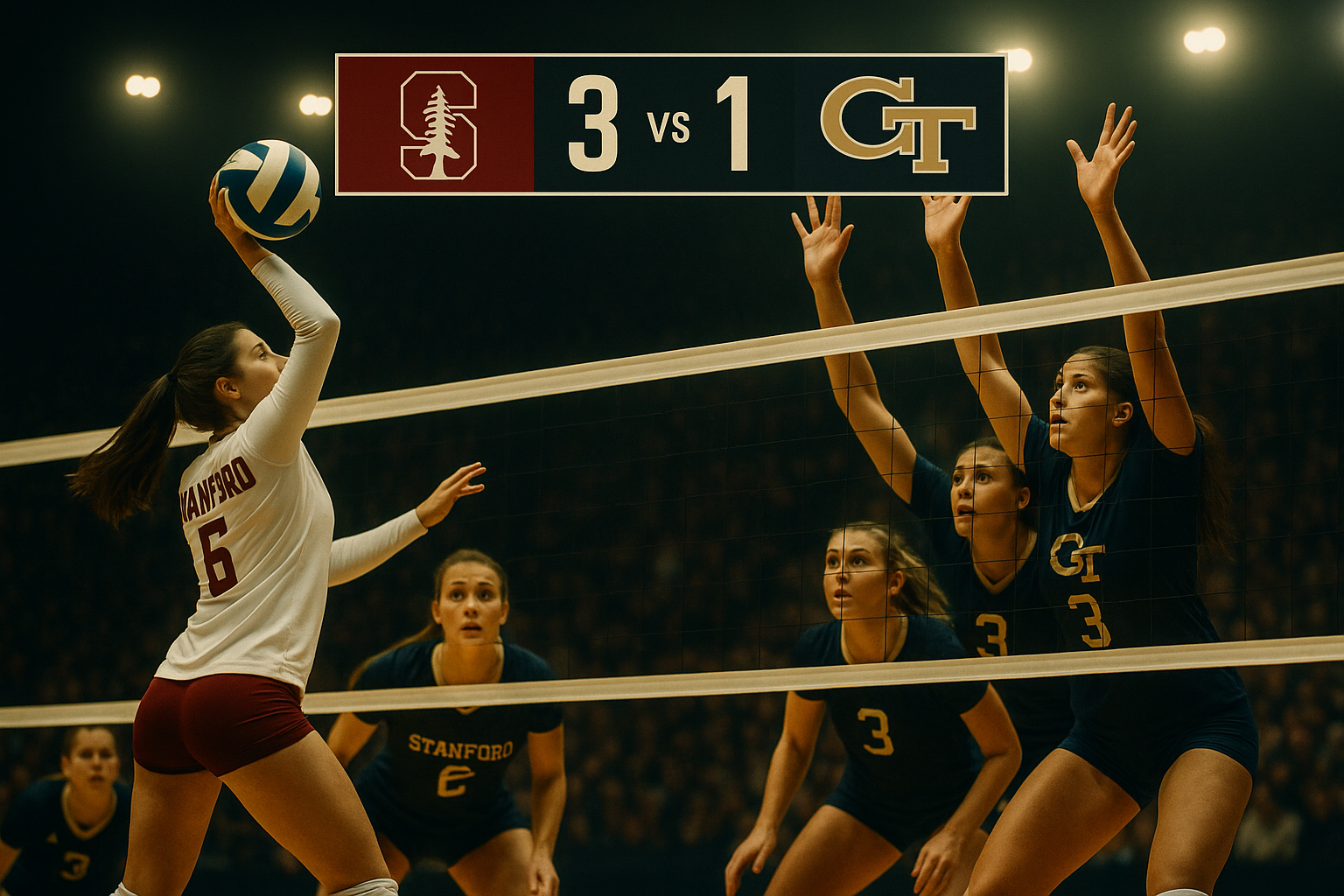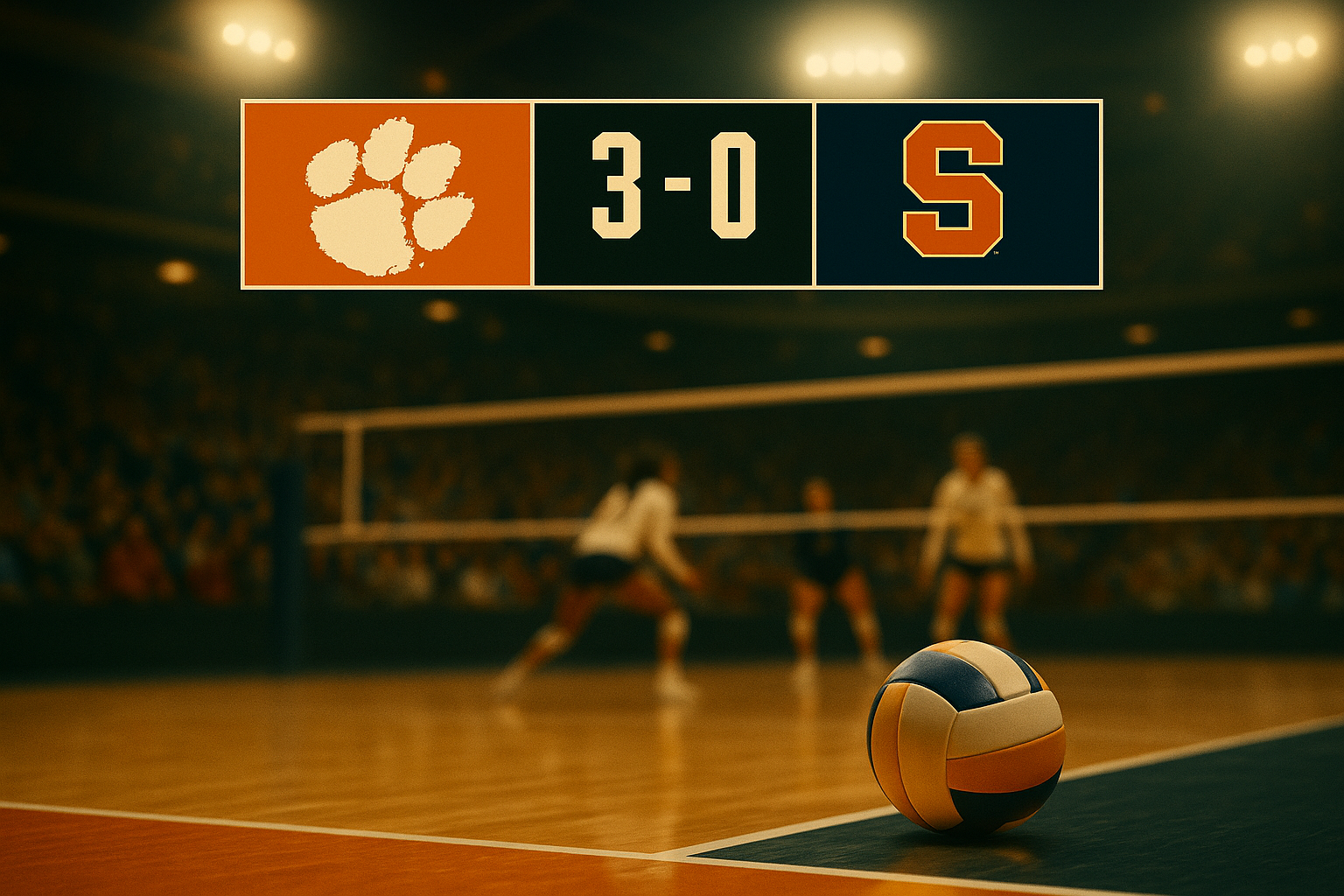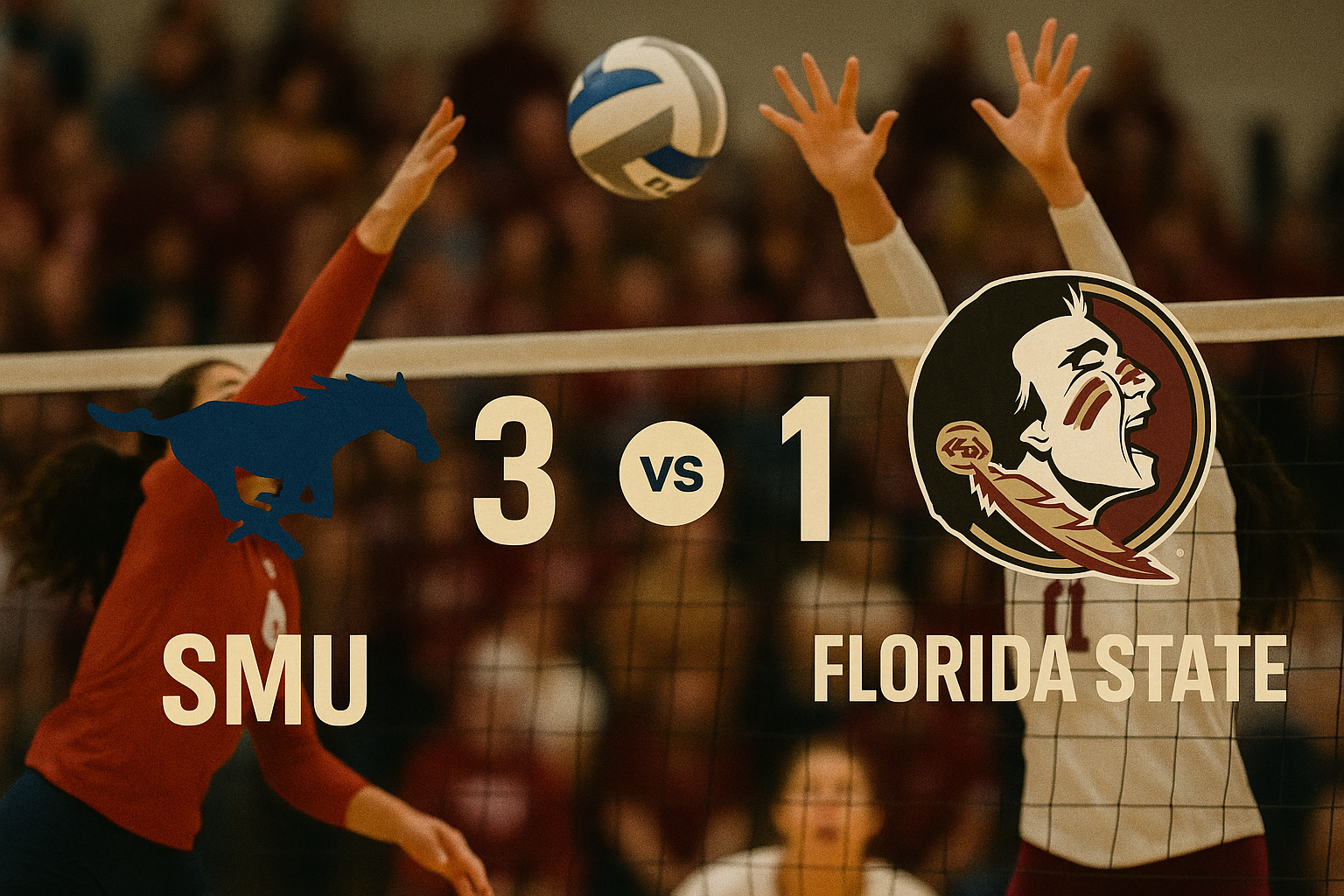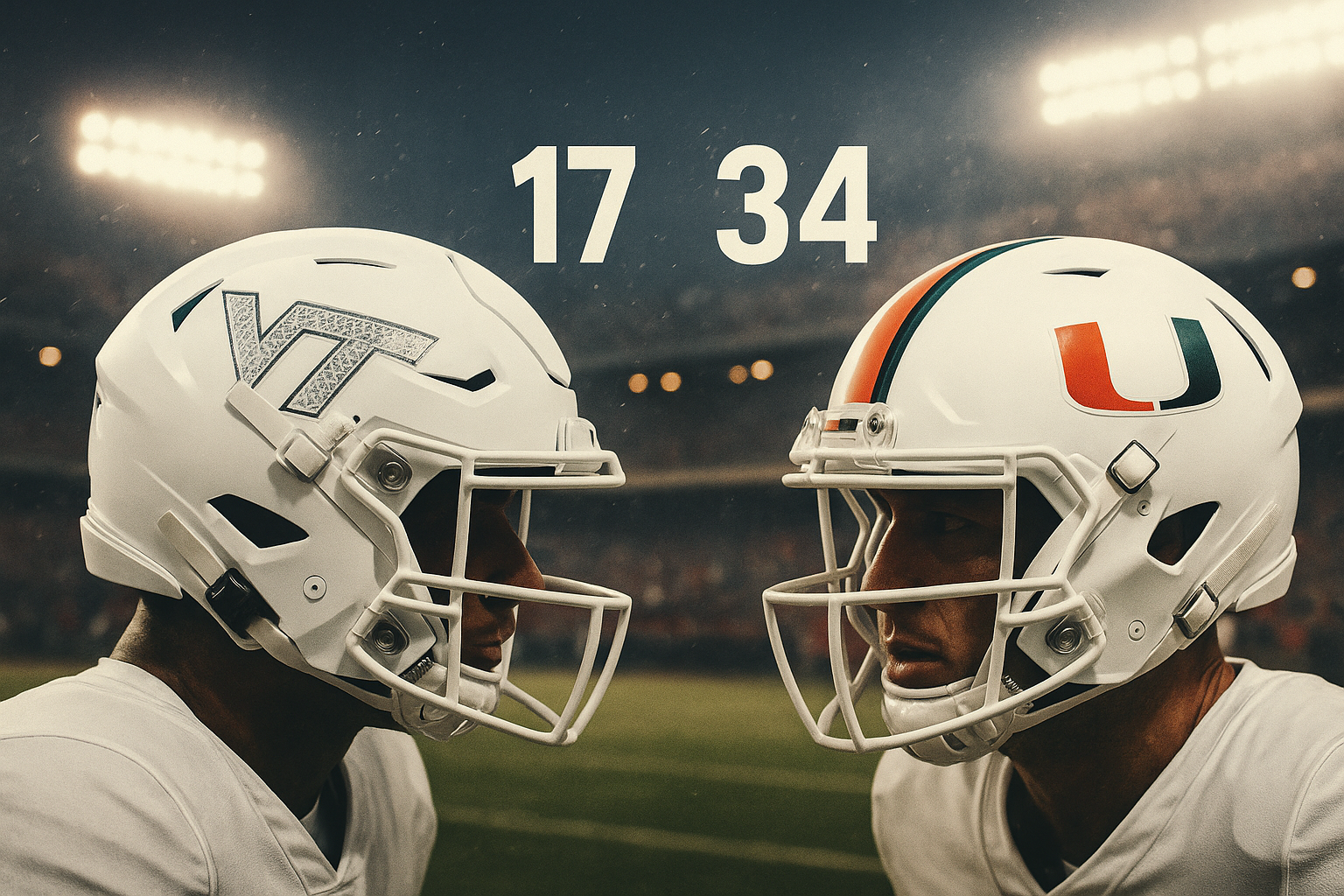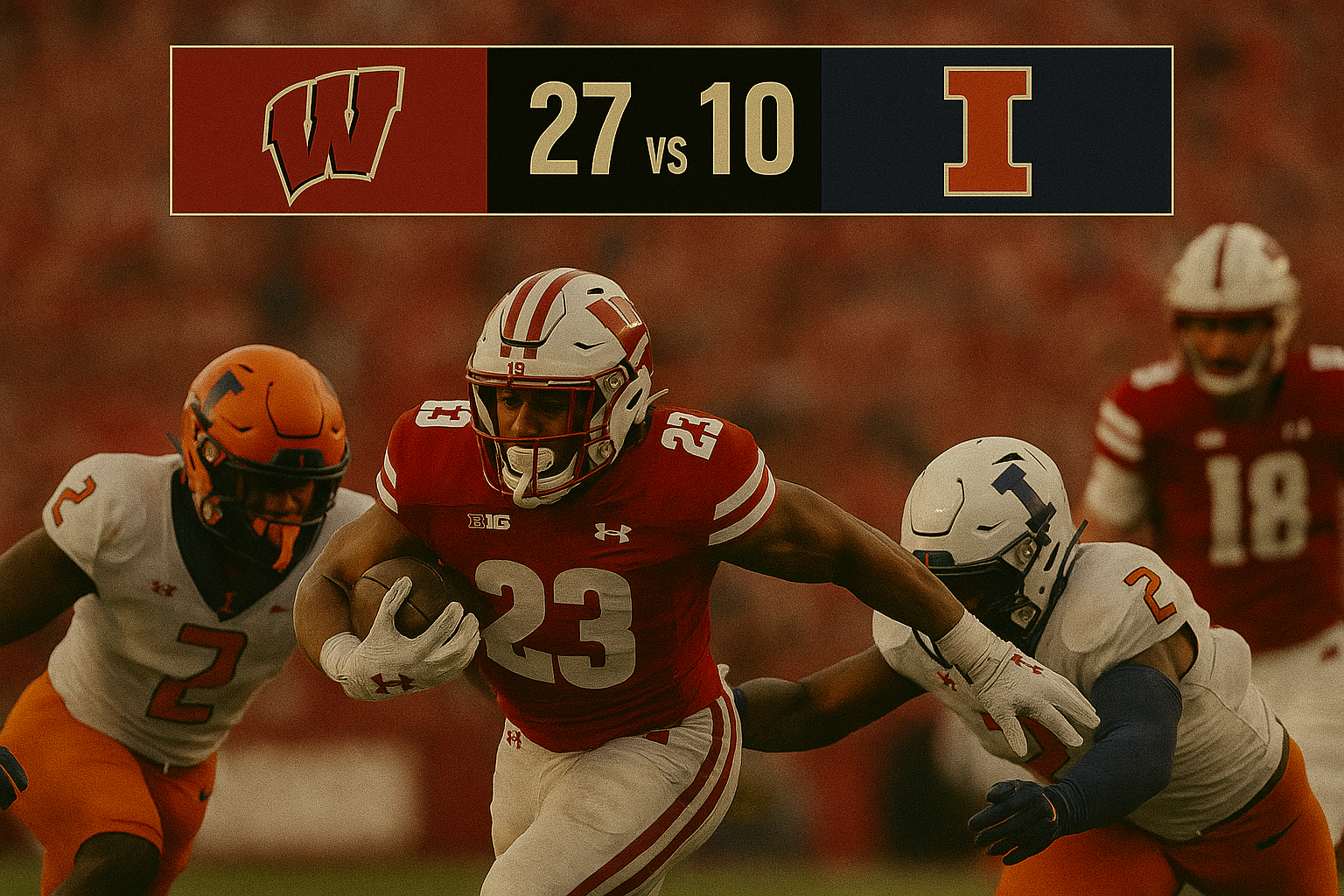No. 6 Louisville Sweeps Western Kentucky in Final Non-Conference Match
A Strong Bounce Back for the Cardinals
The No. 6 Louisville Cardinals returned to form on Monday night inside the KFC Yum! Center, delivering a convincing sweep over in-state rival Western Kentucky. After a narrow loss to Kentucky in their previous outing, Louisville wasted no time in asserting its dominance, defeating the Hilltoppers 3-0 (25-15, 25-17, 25-20). The victory marked Louisville’s 20th straight win over WKU and demonstrated why the Cardinals remain a national powerhouse.
Head coach Dan Meske emphasized the team’s eagerness to return to competition after the Kentucky setback. He explained that the Cardinals felt they had let opportunities slip away in that loss and were hungry to return to the court. The focus was clear—get back on track and reassert their dominance before heading into conference play.
Set One: Louisville Establishes Control Early
The opening set saw the Cardinals immediately establish their rhythm. They jumped out to an 11-6 lead, forcing Western Kentucky to call an early timeout. Middle blocker Cara Cresse delivered a standout performance with a solo block and three kills in quick succession, fueling the Cardinals’ momentum. WKU’s Faith Young tried to answer back with two kills, but Louisville proved too strong. The Cardinals closed the set 25-15, sending a message that they were determined to dictate the pace.
Set Two: Cresse and Company Extend the Lead
The second set began with both teams trading points, tied at 11-11 before Louisville went on a decisive 3-0 run. Western Kentucky fought to stay within reach, cutting the deficit to two points, but Louisville’s serving and balanced attack proved too much to handle. Ava Utterback’s strong serving runs, paired with kills from Cresse and Kalyssa Blackshear, stretched the lead. Blackshear capped off the frame with a decisive kill, securing the set 25-17 and putting the Cardinals up 2-0.
Cresse remained the driving force, finishing with 10 kills on 17 swings and an efficient .588 hitting percentage. Her eight blocks across the night disrupted WKU’s offensive rhythm and kept the Cardinals firmly in control.
Set Three: Hilltoppers Show Fight, But Cards Finish Strong
Western Kentucky saved its best effort for the third set. The Hilltoppers recorded 15 kills, with freshman Sonja Laaksonen contributing four and libero Tayler Baron adding six digs. Faith Young led the offensive charge with four kills, energizing the team and keeping the set competitive. For a moment, it looked as though WKU might extend the match, but Louisville had other plans.
Petersen, Blackshear, and Cresse delivered timely kills to put the Cardinals ahead 21-15. Although WKU mounted a late rally, the Cardinals closed out the match 25-20. An ace from libero Kamden Schrand sealed the sweep, giving Louisville a much-needed bounce-back victory.
Standout Performances
Louisville’s victory was fueled by balanced contributions across the lineup. Cara Cresse’s combination of offense and defense anchored the team, while Chloe Chicoine added eight kills and 14 digs, stabilizing both the front and back rows. Payton Petersen and Kalyssa Blackshear chipped in nine kills apiece, giving Louisville reliable scoring from multiple positions. Schrand provided defensive stability with 14 digs and two service aces, while Utterback’s timely serving runs added crucial momentum shifts.
For Western Kentucky, Faith Young’s nine kills led the way, supported by Baron’s 16 digs. Though they struggled against Louisville’s block and serving pressure, the Hilltoppers showed flashes of resilience, particularly in the third set.
What the Win Means for Louisville
The victory highlighted Louisville’s ability to quickly recover from adversity and reaffirm their status as one of the nation’s top programs. The Cardinals posted a .274 hitting percentage while tallying 42 kills, 52 digs, and 12 blocks. Their aggressive serving kept WKU off balance and demonstrated the kind of performance they will need in conference play.
Head coach Dan Meske praised the team’s serving effort, calling it their most consistent and disruptive performance of the season. For Louisville, this win was not only about adding another victory to the record but also about proving they can reset and perform at a high level after setbacks.
Looking Ahead for Both Programs
Louisville improved to 8-2 overall and now turns its attention to Atlantic Coast Conference play, opening against Boston College on Friday. With momentum from this dominant sweep, the Cardinals are well-positioned to challenge for the ACC crown and make another deep NCAA Tournament run.
Western Kentucky dropped to 9-4 but remains a dangerous team heading into Conference USA play against Jacksonville State. Despite the loss, WKU’s defensive effort and flashes of offensive production suggest they have the tools to compete for their conference championship.
Final Takeaway
The rivalry clash inside the KFC Yum! Center delivered another chapter in Louisville’s dominance over Western Kentucky. With Cresse’s commanding presence, Chicoine’s defensive reliability, and a well-balanced attack, the Cardinals showcased why they are ranked among the nation’s elite. For WKU, the sweep was a reminder of the adjustments needed to compete at the highest level, but also evidence of their resilience and potential as conference play begins.
